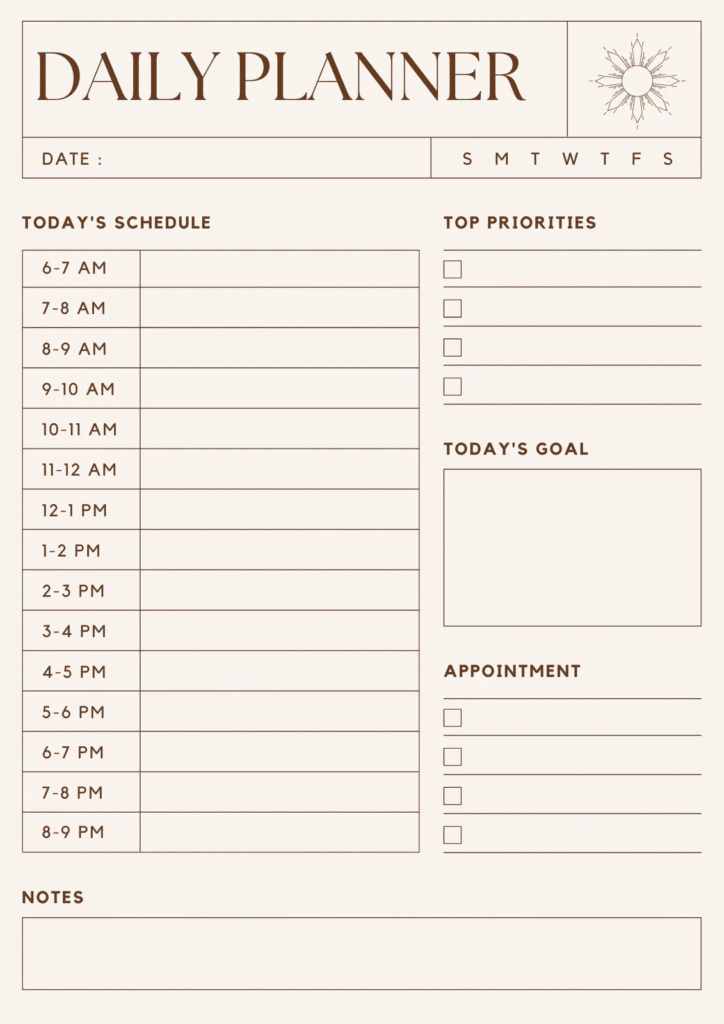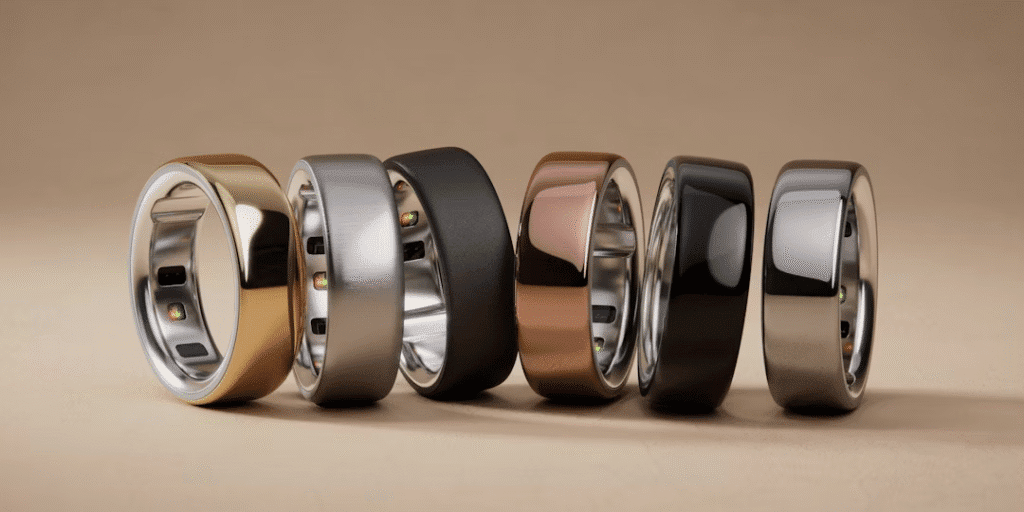Introduction
Most men think testosterone is all about diet and workouts, protein shakes, and heavy lifts. But here’s a truth I wish more men knew: your hormones don’t run on willpower, they run on rhythm.
Sleep, light, and movement are not just wellness buzzwords. They are primal inputs, the stuff your caveman ancestors didn’t need to Google. Your biology evolved to follow natural cycles, not your Netflix algorithm. And when you align these inputs with how your body expects to function, something powerful happens. You stop feeling like a zombie with a gym membership and start reclaiming that steady, grounded energy you thought only caffeine could give you.
This isn’t a biohack. It’s a biological return. A system that uses time, nature, and daily discipline to help your testosterone thrive without needing pills, gimmicks, or guesswork.
Welcome to the Daily Testosterone System.
Table of Contents
Why This System Matters
Every man has a natural rhythm. But modern life screens, artificial light, late nights, skipped workouts, and constant stress throw us out of sync.
You can eat clean and lift hard, but if your sleep is trash, your sunlight exposure is weak, and your movement is erratic, your testosterone will never rise to its potential.
This system matters because it addresses the real root causes of hormonal decline:
- Disrupted circadian rhythm
- Poor sleep architecture
- Lack of natural light
- Sedentary lifestyle
Once you fix the inputs, the outputs (like energy, strength, libido, and focus) begin to rise naturally.
The Hormone–Circadian Link Most Men Ignore

Your testosterone isn’t produced evenly all day. It follows a diurnal rhythm, meaning it rises and falls based on your internal clock, or circadian rhythm. Yet most men treat their body like a machine that should be ‘on’ 24/7, ignoring the very cycles that sustain their vitality. The result? Waking up tired, feeling unfocused, and wondering why motivation seems so far out of reach. It’s not just that you’re tired, it’s that your biology has been asking for alignment, and you’ve been hitting ‘snooze’ on that message for years.
Here’s how it typically works:
- 4–6 am: Testosterone production peaks during deep sleep (especially REM)
- 7–10 am: Levels are highest upon waking
- Midday: Slight dip
- Evening: Gradual decline leading to the lowest levels at night
When you respect this rhythm, everything works better. When you fight it, staying up late, blasting screens at midnight, skipping movement in the morning, you lose the hormonal advantage you were biologically designed to have.
The Three Pillars of the Daily Testosterone System
Let’s break it down. Three pillars. Each essential. Each connected. They are not optional, interchangeable, or nice-to-haves; they are the core rhythm your biology is waiting for. Master these, and you don’t just create the internal conditions for testosterone to thrive; you remove the friction that’s been holding it back. You remove the late-night chaos, the inconsistent energy, the unearned fatigue. These pillars represent a return to structure, simplicity, and order, the forgotten foundations of modern masculine vitality.
1. Sleep: Where Testosterone Is Made
What it is: 7–9 hours of high-quality, uninterrupted sleep
Why it matters: 90% of daily testosterone is produced during REM and deep sleep. Miss that window, and you wake up depleted, no matter how clean your diet is.
How to optimise it:
- Consistent bedtime (ideally 10–11 pm)
- Blackout curtains, eye mask
- Magnesium glycinate or glycine at night
- No blue light 1–2 hours before bed
- Avoid alcohol, which disrupts REM
Tip: Start dimming your lights after sunset. Let your environment tell your body it’s time to wind down.
2. Light: The Natural Signal That Starts the Engine
What it is: Morning sunlight within 30 minutes of waking
Why it matters: Natural light helps regulate your circadian clock, boosting cortisol (your get-up-and-go hormone) and setting the stage for optimal testosterone production the next night.
How to do it:
- Go outside without sunglasses
- Get at least 10–15 minutes of full-spectrum sunlight
- Even cloudy skies are better than indoor lights
Bonus: Pair morning light with movement (walk, stretch, jog) to amplify the signal.
Huberman Lab Podcast – Morning Light and Circadian Health
3. Movement: The Daily Driver of Hormonal Balance
What it is: Intentional physical exertion, especially strength-based or zone 2 cardio
Why it matters: Exercise increases insulin sensitivity, lowers stress, and signals your body to build, not store. It also improves sleep, which closes the hormonal loop.
Best practices:
- Morning or early afternoon workouts
- Focus on compound lifts: squat, deadlift, press
- Walk 8k–10k steps daily
- Avoid chronic cardio or overtraining
Recovery counts. Overtraining suppresses testosterone just as much as inactivity. But recovery isn’t just about taking a day off, it’s an active process of restoring balance. Proper recovery improves sleep quality, supports muscle repair, regulates cortisol levels, and keeps your hormonal system resilient. When done right, it boosts adaptation, sharpens mental clarity, and prevents burnout. In short, strategic rest isn’t weakness, it’s a performance multiplier.
How to Sync Them Into a Seamless Daily Routine

Here’s what alignment looks like:
Morning (6–9 am)
- Wake up with no snooze
- Drink water + electrolytes
- Get sunlight in your eyes
- Walk or light mobility
- Optional: cold shower
Midday (12–2 pm)
- Protein-rich meal
- Short walk post-meal
- Optional: 15-minute nap
Afternoon (3–6 pm)
- Strength training or zone 2 cardio
- Wrap workday with a checklist
Evening (7–10 pm)
- Blue light blockers or dim lighting
- Wind-down routine: journal, stretch, breathwork
- Lights out by 10:30 pm
Repeat daily. Consistency is what builds rhythm. Rhythm is what builds resilience.
Tools and Trackers to Help You Stay Consistent

You don’t need gadgets, but they can help.
Recommended tools:
- Oura Ring / Whoop – track sleep quality
- Luminette or Hatch light – simulate sunrise
- Blue light blocking glasses – reduce eye strain at night
- Sleep apps (Sleep Cycle, Rise) – track rhythms
Behavioural tech. But tech can support the discipline.
Common Mistakes That Sabotage the System
- Snoozing: You teach your brain to ignore discipline.
- Midnight scrolling: Blue light destroys melatonin.
- Blue Light and Melatonin – Sleep Foundation
- Weekend sleep drift: Inconsistency is the enemy of rhythm.
- Overtraining: More isn’t always better, especially with poor recovery.
- Eating late: Late-night meals spike insulin and delay melatonin.
FAQ
Q: What’s more important, sleep or workouts?
A: Sleep. Without it, workouts are less effective and harder to recover from.
Q: Can I make up for lost sleep on weekends?
A: Not fully. Recovery sleep helps, but hormonal patterns need consistency.
Q: Is walking enough?
A: Walking is foundational, but strength training adds a crucial anabolic signal for testosterone.
Q: How long before I see results?
A: Most men feel a noticeable energy and focus lift in 2–3 weeks. Full hormonal optimisation takes 2–3 months of consistent alignment.
Conclusion
You don’t need more hustle. You need more rhythm.
The most powerful way to optimise your testosterone isn’t by adding it’s by aligning. Sleep. Light. Movement. These are not extras. They are the base. The rhythm. The masculine return.
Start small. Wake with the sun. Move with purpose. Rest with intention. Then repeat.
Want more grounded testosterone tools? See more PowerHabitsHub and get the full system guides, tools, and trackers to rebuild your energy from the inside out.
Suggested Articles
1. Testosterone 101: What Every Man Should Know But Was Never Taught
Break down the science of testosterone in plain English, what it is, how it works, and how to know if yours is low.
2. How Masculine Energy Works: And 7 Habits to Strengthen It Daily
Explore the deeper energetic connection between presence, purpose, and hormonal vitality.
3. Morning Sunlight: Why 10 Minutes Can Rewire Your Hormones
Discover the underrated impact of morning light on your testosterone, sleep, and mental sharpness.
4. Sleep is Your Superpower: The Hormonal Reason to Respect Your Bedtime
Why testosterone is made while you sleep and how to protect the window that produces it.
5. The Strength Protocol: 4-Day Split to Build Hormones, Not Just Muscle
A simple but powerful training plan that speaks directly to your endocrine system, not just your ego.
For more on building daily systems that restore energy and sharpen focus, see more of the PowerHabitsHub. Real results, no gimmicks, just rhythm and discipline that work.


